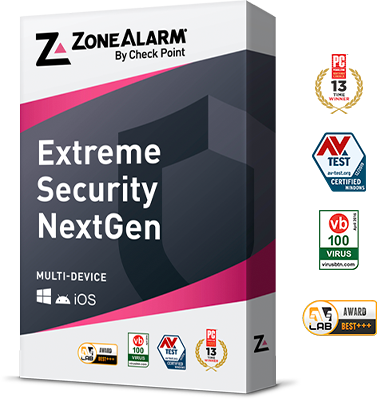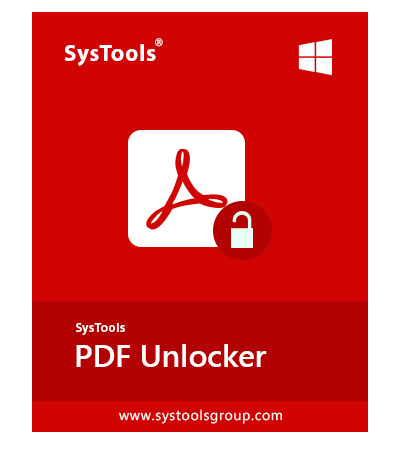
Bypassing Barriers: Techniques for Handling TrustedInstaller on Windows 11 Systems

Bypassing Barriers: Techniques for Handling TrustedInstaller on Windows 11 Systems
What to Know
- Use theTAKEOWN andicacls Command Prompt commands to take ownership of the file or folder.
- Or, right-click the item and go toProperties >Security >Advanced to add yourself to the list.
- TrustedInstaller is a built-in user account that owns lots of important system files.
This article describes two ways to deal with the message in Windows 10 about needing permission from TrustedInstaller to make changes to a file or folder.
How to Fix the TrustedInstaller Error Using Command Prompt
There are two really simpleCommand Prompt commands you can use to bypass the TrustedInstaller permissions prompt. Follow these steps to fix the TrustedInstaller “error” by granting your user account permission to make changes to the file or folder:
- Open an elevated Command Prompt . The quickest way there is to search for it from the Start menu, right-click the result, and chooseRun as administrator .

- EnterTAKEOWN /F and then type the file or folder name. Here’s an example:
TAKEOWN /F C:\Windows\System32\fr-FR\fms.dll.mui - PressEnter to take control of the file. You’ll see a success message if the command executed correctly.
:max_bytes(150000):strip_icc():format(webp)/takeown-command-trustsedinstaller-windows-10-267bfffb4f974a29940a0af233ef4a84.png)
- Enter the following command (replacing our example file with your own) to immediately give your user account permission to delete or change the file or folder:
icacls C:\Windows\System32\fr-FR\fms.dll.mui /grant Administrators:F /T
Edit the File’s Security Options to Fix the TrustedInstaller Error
If you don’t feel comfortable using Command Prompt to take ownership of the folder or file, there is another way. Here’s how to use File Explorer to edit the security settings for the data, which will let you delete or modify it as needed.
Make sure you are logged in as an administrator.
- Locate the item you need permission to change and then right-click it and chooseProperties .

- Go toSecurity >Advanced , then selectChange next toOwner: TrustedInstaller .
 ZoneAlarm Extreme Security NextGen
ZoneAlarm Extreme Security NextGen

- Type your username into the text box and then chooseCheck Names >OK .

- Check the box next toReplace owner on subcontainers and objects .

- SelectOK at the bottom and thenOK on the Properties window you opened in Step 1.
- OpenProperties >Security >Advanced once more. This time, selectAdd .

- ChooseSelect a principal and then type your username in the box.
- PressCheck Names >OK .


- Check the box next toFull control , then selectOK .


- Check the box next to Replace all child object permission entries with inheritable permission entries from this object .

- SelectOK on the Advanced Security Settings window and thenYes on the confirmation prompts. You should now have full permission to make changes to the file or folder, and you can close any other windows you opened to make these changes.
Why Do I Need Permission From TrustedInstaller?
Provided you’re the primary user of your home computer, you might be surprised to find out you need anyone’s permission to deal with files on your own PC.
All Windows 10 PCs have an in-built Microsoft account known as the TrustedInstaller. This account exists to prevent accidental damage to important system files, so it’s given ownership over many important operating system files. For you to be able to take control of these files, you need to make yourself the owner as described above.
Was this page helpful?
Thanks for letting us know!
Get the Latest Tech News Delivered Every Day
Tell us why!
Other Not enough details Hard to understand
Submit
- Title: Bypassing Barriers: Techniques for Handling TrustedInstaller on Windows 11 Systems
- Author: Robert
- Created at : 2024-08-18 21:39:09
- Updated at : 2024-08-19 21:39:09
- Link: https://techtrends.techidaily.com/bypassing-barriers-techniques-for-handling-trustedinstaller-on-windows-11-systems/
- License: This work is licensed under CC BY-NC-SA 4.0.
:max_bytes(150000):strip_icc():format(webp)/command-prompt-admin-windows-10-45f7ecab69a442f489eaf6a499a353d4.png)
:max_bytes(150000):strip_icc():format(webp)/icacls-command-windows-10-7f562cffaf424cd281b4e58c68b19e25.png)
:max_bytes(150000):strip_icc():format(webp)/context-menu-folder-windows-10-0447423a01764cecad790f8dc6303c59.png)
 ZoneAlarm Extreme Security NextGen
ZoneAlarm Extreme Security NextGen:max_bytes(150000):strip_icc():format(webp)/advanced-security-settings-windows-10-folder-4eb4fed4cb134eb1ba00993a705f7175.png)
:max_bytes(150000):strip_icc():format(webp)/windows-10-select-user-or-group-880cbe35a52348f19d11206db4d7a0b6.png)
:max_bytes(150000):strip_icc():format(webp)/replace-owner-windows-10-folder-885ef894881e4e21a60b1b09568ea020.png)
:max_bytes(150000):strip_icc():format(webp)/add-button-advanced-security-settings-3ffcde5bc8b942278219bbd9b4663921.png)

:max_bytes(150000):strip_icc():format(webp)/select-user-group-windows-10-security-b2ffe7d116f2424e845a612090d4e932.png)

:max_bytes(150000):strip_icc():format(webp)/full-control-folder-permissions-b0f31e6f8d7d418e91990e6c32476c30.png)
:max_bytes(150000):strip_icc():format(webp)/replace-all-child-object-permission-entries-windows-10-fc09040d1d8b4357b5866ced25b79262.png)